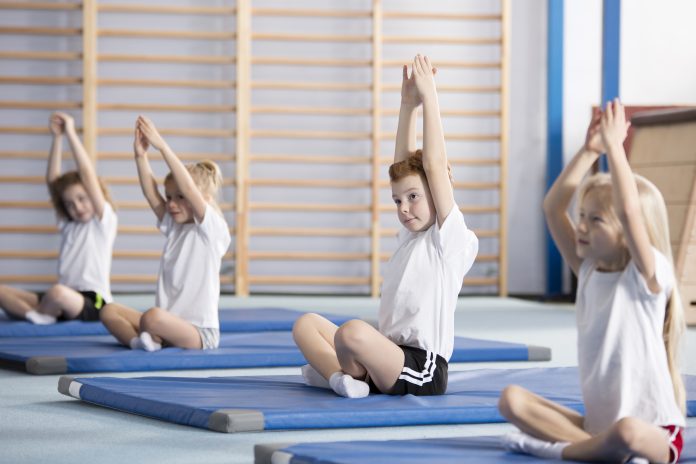Rachael Smith, from Tidemill Academy, tells us about the schools initiative to fight the unhealthy high street and improve child obesity rates with physically active learning
In the UK, we have one of the highest child obesity rates in western Europe. And the rates just keep on climbing.
Sugary treats, processed ready meals and a sedentary lifestyle are all having a negative impact on our young people.
My school, Tidemill Academy, is right next to Deptford High Street which has many unhealthy kebab and fried chicken takeaways. This shows in the health of many of our students.
When pupils in my borough of Lewisham start reception, one in five is obese or overweight, which is in line with the national average. But by the time they leave primary school, those numbers are double the national average.
Lethargic lockdowns
The pandemic and multiple lockdowns have made this worse. With leisure centres closed and sports classes cancelled, young people have had fewer opportunities for exercise.
Figures from Sport England show that most young people failed to meet the recommended 60 minutes of daily exercise in the 2019/20 academic year. And almost a third of children (2.3 million) were classed as ‘inactive’ thanks to restrictions during lockdown, not even doing 30 minutes of exercise a day.
This has led to weight gain for many children, tipping them into the overweight or obese category. On average, kids in London put on over half a stone during lockdown.
Getting children moving again is a priority. In addition to maintaining a healthy weight, it will benefit their overall health. Exercise strengthens bones and organs and improves coordination, balance, posture and flexibility. It also reduces the risk of developing heart disease, cancer and type-2 diabetes in later life.
Then there’s the wellbeing side of it. This is especially important as many studies have highlighted that mental wellbeing issues are increasing in young people. Children who exercise daily are more likely to sleep well at night, making it easier to concentrate and get along with others at school. Exercise also has the effect of lowering anxiety and stress levels.
Physical activity during the day
At my school, we have piloted a programme to fight obesity, focusing on physical exercise.
Seeing the enthusiasm our kids had for PE made us think about incorporating activity into other lessons in the school day. We started using ready-made active learning lesson plans from Teach Active. This meant we could increase physical activity in both maths and English lessons, getting the kids moving about multiple times during the day.
A real favourite among students is a game called flossy corners. Teachers call out the name of a shape and kids have to run around the classroom finding the matching shape and do the floss dance when they find it. This can also be used in English, where they look for synonyms of a word the teacher has said and then dance when they are standing next to the right word. It can be played in the classroom or the playground and is popular with teachers and students in all year groups.
A change for the better
Our aim was to increase physical activity and create a strong sporting culture at school, giving our students life-long skills that would improve their health. However, there have been positive outcomes from an academic perspective as well.
We found that physically active learning works well when used with small groups of children who need extra support. Last year we decided to focus on active lessons with a group of pupils who were underachieving. Eight year five boys who were classed as vulnerable came into school during lockdown and we put them in a bubble together. Thanks to the active lessons, they not only met expected standards at the end of year five but stayed on track throughout year six.
Healthy habits
Embedding physical activity into our lessons means our students reap the benefits of getting up and moving around during the school day.
Whether it’s a whole lesson outside in the playground, an active starter that gets pupils jumping about at the beginning of the lesson, or an incentive to go and play a game in the hall towards the end of class – there’s no doubt that our children enjoy the physical activity and it’s doing a world of good for their health and learning.
By instilling life-long healthy habits in our pupils, we are supporting them in becoming healthy individuals who understand how to look after both their minds and bodies.











